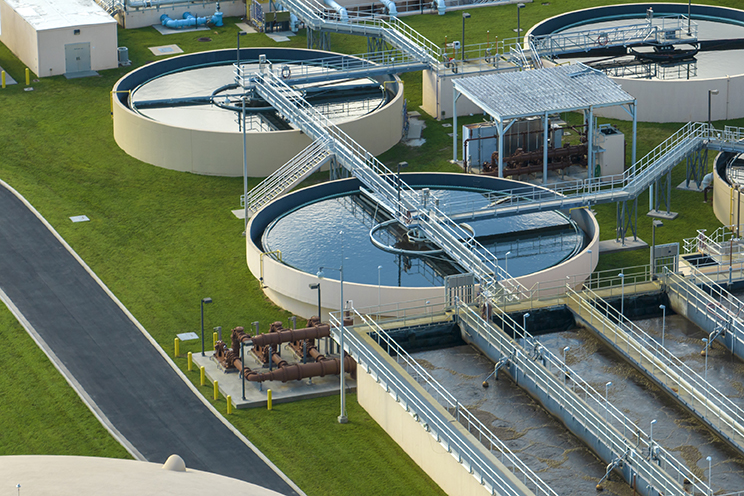
Wastewater Treatment Plants (WWTPs) are designed to treat and clean wastewater, but in the case of several WWTPs in the Rías Baixas, they face the circumstance of having to deal with the infiltration of seawater, river water and rainwater. This problem, which affects operability and increases costs, has been identified by both the Xunta and the Concellos, but persists in the region.
The analysis and diagnosis that the Galician Sanitation Plan has carried out, based on data from the last five years, reveals that 16 WWTPs on the Galician coast experience seawater infiltration, while two others have river water infiltration. In the Rías Baixas, this problem has been detected in several WWTPs, including those of Os Praceres (Pontevedra), Cambados, Vilanova, A Toxa, O Grove, Vilagarcía and A Illa.
In the province, the most worrying case is in the Pontevedra-Marín-Poio agglomeration, where the average conductivity of the WWTP is the second highest in Galicia. This situation is especially relevant given that the Pontevedra estuary has been classified as “sensitive” for two decades, and the entry of seawater into its sewage networks hampers the management of the Os Praceres WWTP.
Although the diagnosis has only recently been published, the Consellería de Infraestruturas has indicated to various media that significant improvements have been made to the treatment system of the Os Praceres WWTP, including the construction of a new submarine outfall and complementary works in the region. These measures are therefore expected to improve the flow of seawater entering the WWTP, reducing infiltrations.
However, the Xunta acknowledges that the state of conservation of the municipal sewage networks in the area, as in the rest of Galicia, is deficient. Therefore, it urges the municipalities to intensify the control of discharges into the municipal networks and to ensure that the treatment of these discharges complies with the regulations.
In this regard, Life Reseau focuses on reducing up to 100% of untreated discharges from unitary sanitation systems in areas with heavy rainfall. To achieve this, it will develop an innovative solution for upgrading Wastewater Treatment Plants (WWTP) and unitary sanitation networks. This solution includes:
- Advanced Biofilm Reactors: An efficient and flexible system designed to be integrated into CAS systems, increasing the treatment capacity of the WWTP by up to 600%, without the need for additional space.
- Stormwater Treatment Module (SWTM): Based on mechanical filtration, this module is integrated into the WWTP and allows for the regulation of influent to the WWTP.
- Intelligent Infiltration/Runoff Management System (SiiMS): based on monitored data, it quantifies infiltration and runoff in the unitary networks, optimises maintenance tasks and evaluates the impact of different climate change scenarios on the WWTP and the sewerage network.
In short, Life Reseau seeks more resilient water management in areas prone to heavy rainfall through the implementation of innovative retrofitting solutions in WWTPs and sewerage networks.

